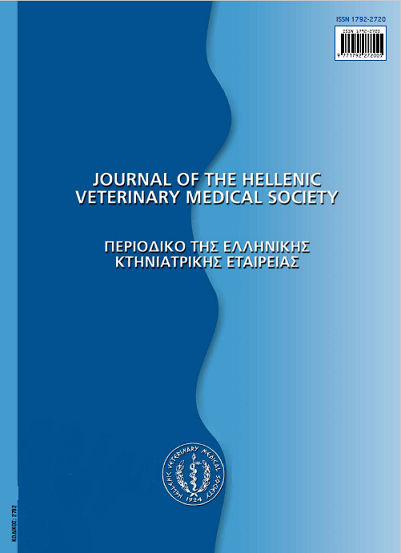Evaluation of a thymol formulation efficacy against Varroa destructor under Central Greek climatic conditions

Abstract
The acaricidical formulation based on thymol crystals (main active ingredient) in combination with eucalyptus oil, menthol and camphor crystals was evaluated for its efficacy for two consecutive years (2002 and 2003) the period from 25th May to 25th June. The experimental apiaries are located in Locrida (Central Greece) where the temperatures during summer are usually high. Naturally infected by the mite Varroa destructorbee colonies with similar population were used. The formulation was placed on the upper part of the frames at a rate of one dose every 15 days for two times. The average value of the formulation efficacy was 90.5%±1.0 and 90.6%±0.8 for 2002 and 2003, respectively. In 2002 the temperature in the area where the experiment took place ranged from 17.0°C up to 27.0 °C, while in 2003 it ranged from 16.3°C up to 27.5°C. The results showed that when the bee colonies were treated with two tablets, one every 15 days at the beginning of the summer, the efficacy of the thymol formulation was 90.5% with minimal side effects and toxicity. Additionally, at the beginning of its use, the observed bee agitation at the hive entrance can be reduced by placing 1/20 of the dosage one day before the main treatment.
Article Details
- How to Cite
-
BACANDRITSOS (Ν. ΜΠΑΚΑΝΔΡΙΤΣΟΣ) N., & PAPANASTASIOU (Ι. ΠΑΠΑΝΑΣΤΑΣΙΟΥ) I. (2017). Evaluation of a thymol formulation efficacy against Varroa destructor under Central Greek climatic conditions. Journal of the Hellenic Veterinary Medical Society, 57(2), 107–115. https://doi.org/10.12681/jhvms.15013
- Issue
- Vol. 57 No. 2 (2006)
- Section
- Research Articles
Authors who publish with this journal agree to the following terms:
· Authors retain copyright and grant the journal right of first publication with the work simultaneously licensed under a Creative Commons Attribution Non-Commercial License that allows others to share the work with an acknowledgement of the work's authorship and initial publication in this journal.
· Authors are able to enter into separate, additional contractual arrangements for the non-exclusive distribution of the journal's published version of the work (e.g. post it to an institutional repository or publish it in a book), with an acknowledgement of its initial publication in this journal.
· Authors are permitted and encouraged to post their work online (preferably in institutional repositories or on their website) prior to and during the submission process, as it can lead to productive exchanges, as well as earlier and greater citation of published work.


